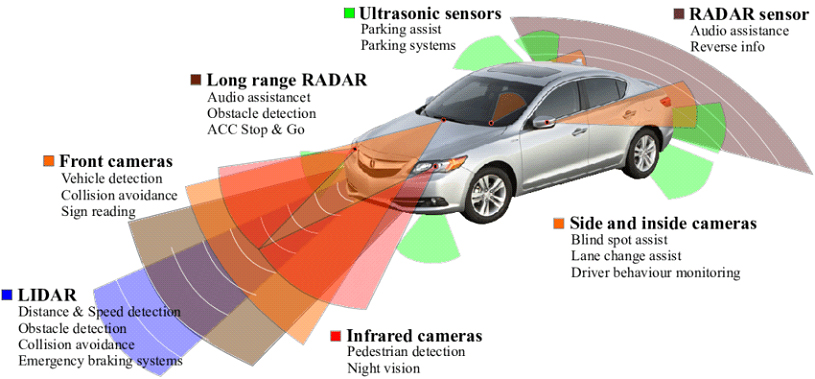ADAS
Buffalos complete ADAS calibration center
What Is ADAS?
ADAS, or Advanced Driver Assistance Systems can be found in most modern vehicles and provide a wide range of features that assist drivers while on the road. With this technology, drivers are given more control over their vehicle and are able to be in constant communication with surrounding cars.

What is ADAS calibration
ADAS calibration is the precise alignment of advanced driver assistance systems (ADAS) within a vehicle. The calibration process is technical and requires experience, advanced equipment, and proper training.
Total Automotive ADAS of Buffalo specializing in calibration, programing, diagnostics, and repair. We perform all calibrations to meet OEM specifications and ensure the safety and operation of all ADAS systems.
The importance of calibration
When parts of a vehicle are repaired or replaced ADAS functionality is often affected and sensors may fall out of alignment. Unfortunately, ADAS misalignment will not always trigger a warning light or diagnostic code, and most often cannot be seen with the naked eye.
Our calibration technicians are trained to identify issues with sensors and alignment. They have the training, knowledge, and equipment to support them that can only be found in a professional calibration center. Every vehicle calibrated at Total Automotive ADAS OF Buffalo undergoes thorough testing in order to ensure that all ADAS systems are completely functional and in line with manufacturer specifications before it’s returned to you.
Common ADAS systems Include:
Automatic Emergency Braking (AEB) – Detects impending collisions and automatically engages the brakes if the driver isn’t able to do so in time.
Blind Spot Monitoring – Uses sensors to detect vehicles that are in adjacent lanes and alerts drivers of their presence.
Lane Departure Warning – Alerts drivers when they accidentally drift outside of their lane or make a lane change without signaling.
Adaptive Headlights – Designed to increase visibility in low light conditions by adjusting the position or vibrancy of the headlights.
Pedestrian Detection – Detects human movements in the vehicle’s path and alerts the driver. In vehicles equipped with AEB, brakes are engaged to avoid a collision.
Collision Avoidance System – Works with AEB to engage the brakes automatically if risk of a collision has been detected.
Adaptive Cruise Control – Allows drivers to set a preferred speed and following distance then automatically slows down or speeds up the vehicle based on these parameters.
